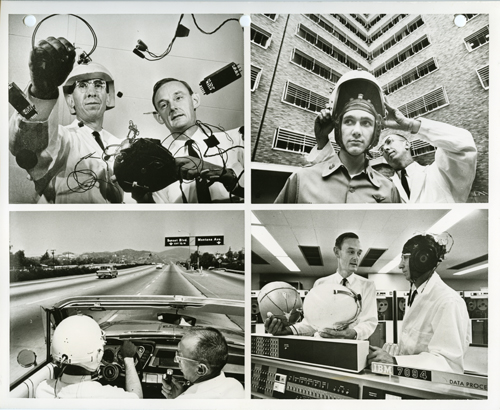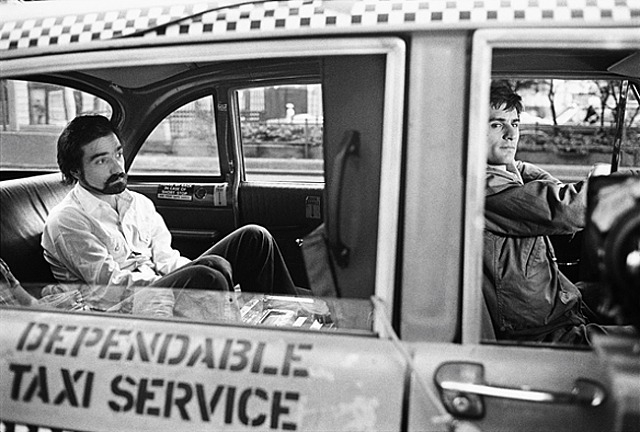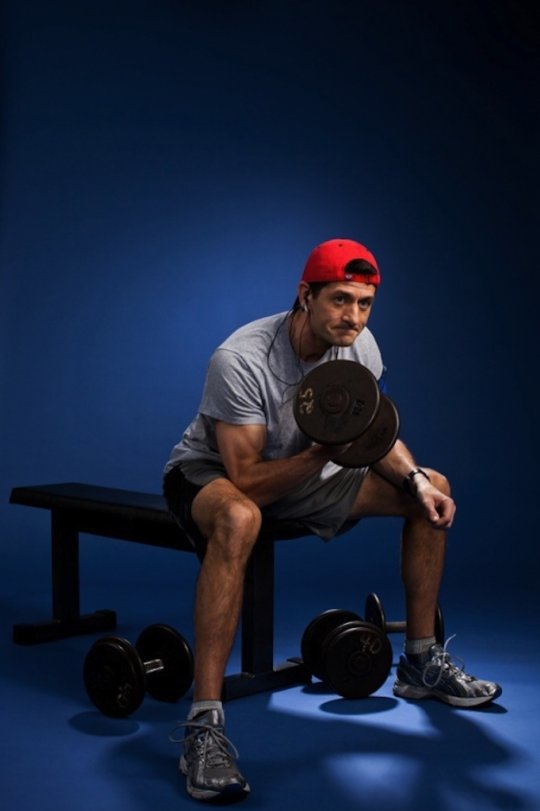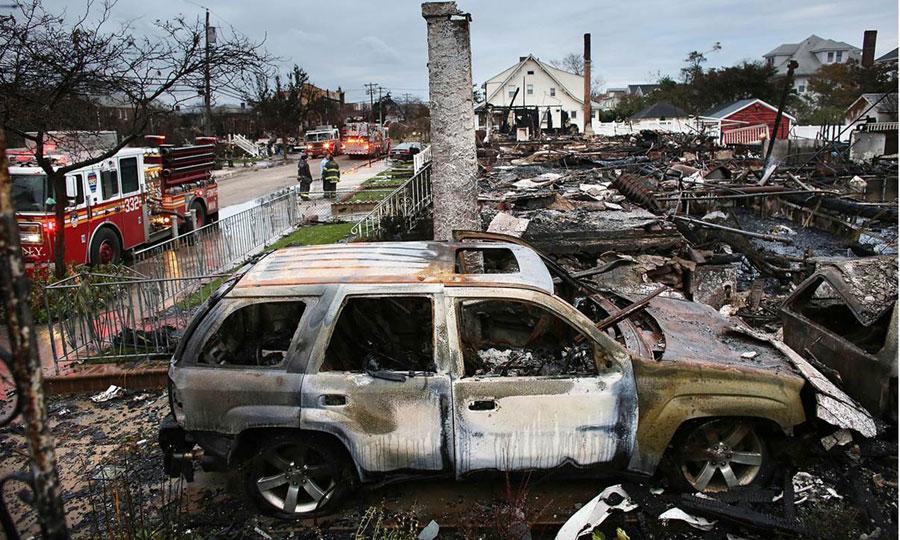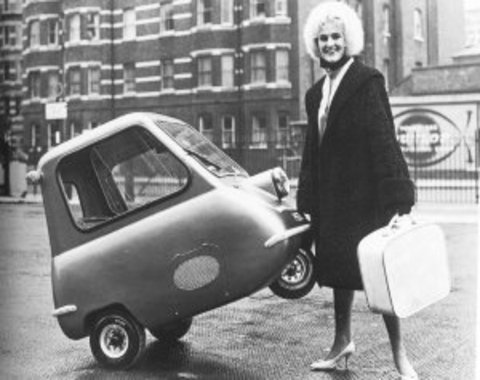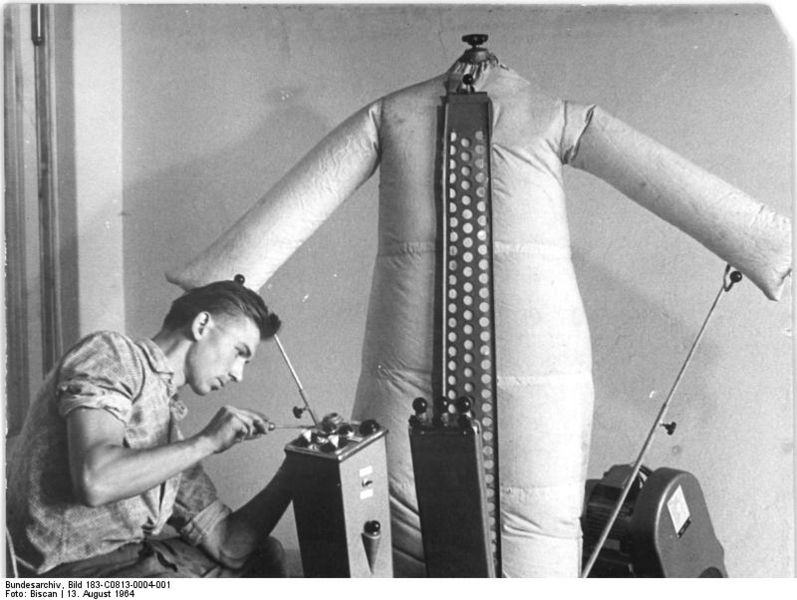In a world of centralized media, critics were given too much importance. In a time of algorithms, they’ve been reduced. No one waits for the “emperor” to offer a thumbs up or down anymore; the spectators do it themselves. Even TV critics, who’ve rode to new prominence thanks to a wave of popular shows and binge-watching Americans gripping tablets and smartphones, have very little real impact. From a New York Times discussion about literary criticism and Twitter by Adam Kirsch and Anna Holmes, a passage by the former:
“At first glance, it seems that critics, in particular, should relish a tool like Twitter. Criticism is a kind of argument, and Twitter is excellent for arguing back and forth in public. Criticism is also a kind of reportage, and Twitter is an ideal way of breaking news. With many major events, from presidential debates to the Oscars, it is more informative and entertaining to follow them in real time on Twitter than it is to actually watch them. For all these reasons, journalists have been especially avid users of Twitter.
Critics, however, have been surprisingly reluctant to embrace the tweet. Many of the most prominent are not on Twitter at all. Those who are tend to use their feeds for updates on their daily lives, or to share links, or at most to recommend articles or books — that is, they use Twitter in the way everyone else does. What is hard to find on Twitter is any real practice of criticism, anything that resembles the sort of discourse that takes place in an essay or a review.
This absence, like the dog that didn’t bark in Sherlock Holmes, may be an important clue to the true nature of criticism. Never in history has it been easier than it is today to register one’s approval or disapproval of anything. The emblem of our age is the thumbs-up of the ‘like’ button. If criticism is nothing more than a drawn-out version of a thumbs-up or a thumbs-down, there’s no reason it shouldn’t be made obsolete by the retweet or the five-star Amazon review. Cut to the chase, the Internet demands, of critics and everyone else: Should we buy this thing or not?“


